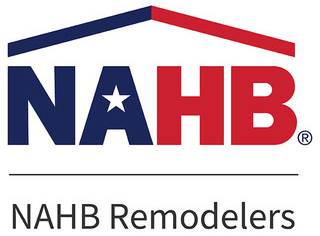
It pays to learn about basic interior design principles because they will help you plan and transform your home effectively. Don’t waste your time by looking up “contractor near me” online. Instead, count on DreamMaker Bath & Kitchen of Huntsville for the expertise you need! Here are the five most important interior design principles.
The Principles
Balance
Traditional interiors are frequently characterized by a sense of symmetrical balance. Symmetrical balance is characterized by the repetition of the same objects in the same positions on either side of the axis. In today’s home interior design, asymmetrical balance is more appropriate than symmetrical balance. With a few dissimilar objects that have equal visual weight or eye attraction, it is possible to achieve balance. Asymmetrical balance is more casual and less contrived; however, it is more difficult to achieve.
When all elements of a design are arranged around a central point, this is known as radial symmetry. A spiral staircase is a good example of radial balance in use. When done correctly, it can create an interesting contrast.
Rhythm
In interior design, rhythm is all about using the same visual patterns over and over. It creates a sense of continuity, recurrence or organized movement. It makes your space look like it’s moving, so your eyes travel from one design element to the next.
Harmony
Harmony is achieved when all parts work together to create a theme. Harmony, like rhythm, can make you feel excited, but it also makes you feel calm. You can make your decor look harmonious even though items are very different in shape, size and texture if you use the same color.
Emphasis
A room where everything has the same visual impact will look boring. You need a focal point. A fireplace or a window with a beautiful view are often the focal points of architectural spaces. You can choose to make a built-in focal point even better by arranging furniture around it. Using furniture groups or a large piece of furniture, you can make a point of interest in a room if there isn’t one already.
Proportion & Scale
These two design principles are intertwined because they both have to do with size and shape. Proportion has to do with the relationship between one design element and another, or with the relationship between one design element and the whole. Scale is concerned with the relationship between the size of one object and the size of another. It is recommended that the ratio of the smaller portion to the larger portion matches the ratio of the larger portion to the rest.
Let’s Start a Conversation!
DreamMaker Bath & Kitchen of Huntsville is the area’s reliable home renovator. Let us help you achieve your interior design dreams! Give us a call at (256) 670-1834 or fill out our contact form to book an appointment.







